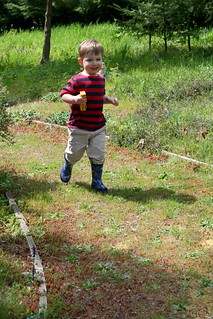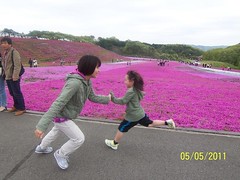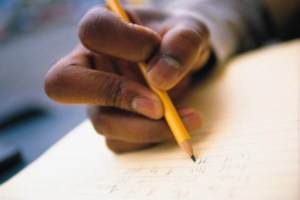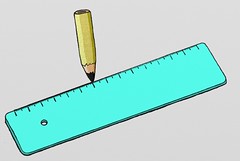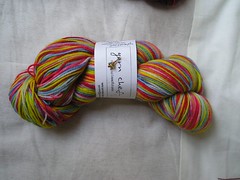Category — 1.4 Kindergarten 6-12: Motor Skills
Motor Skills
Kindergarten children continually develop their gross and fine motor skills (see full Glossary). They are quite active and really enjoy rough and tumble play (see full Glossary). It is very important to allow children to move around as often as possible every day. Movement will not only help children develop and refine their gross and fine motor skills, but it will also help with the development of the brain.
GROSS MOTOR SKILLS
(see full Glossary)
Most kindergarten children can:
- run smoothly and rarely run into obstacles (Fig. 1);
- go up and down the stairs, while alternating feet;
- hop (Fig. 2) forward;
- throw and catch different size balls from several feet away;
- have good balance (that is, they can stand and walk without falling or having to hold on to something);
- can stand on one foot, for several seconds.
Figure 1: Running
Figure 2: Children hopping
FINE MOTOR SKILLS
(see full Glossary)
Most kindergarten children can:
- hold crayons and pencils correctly, i.e. using the tripod position (Fig. 3);
- hold scissors and cut simple shapes;
- draw a straight line with a ruler (Fig. 4);
- stay mostly within the lines when coloring
- are able, for the most part, to stay on the line, or within the two lines, when copying words;
- engage in threading and lacing activities (Fig. 5);
Figure 3: Tripod position
Figure 4: Ruler
Figure 5: Threading and lacing
see References
December 2, 2011 No Comments
